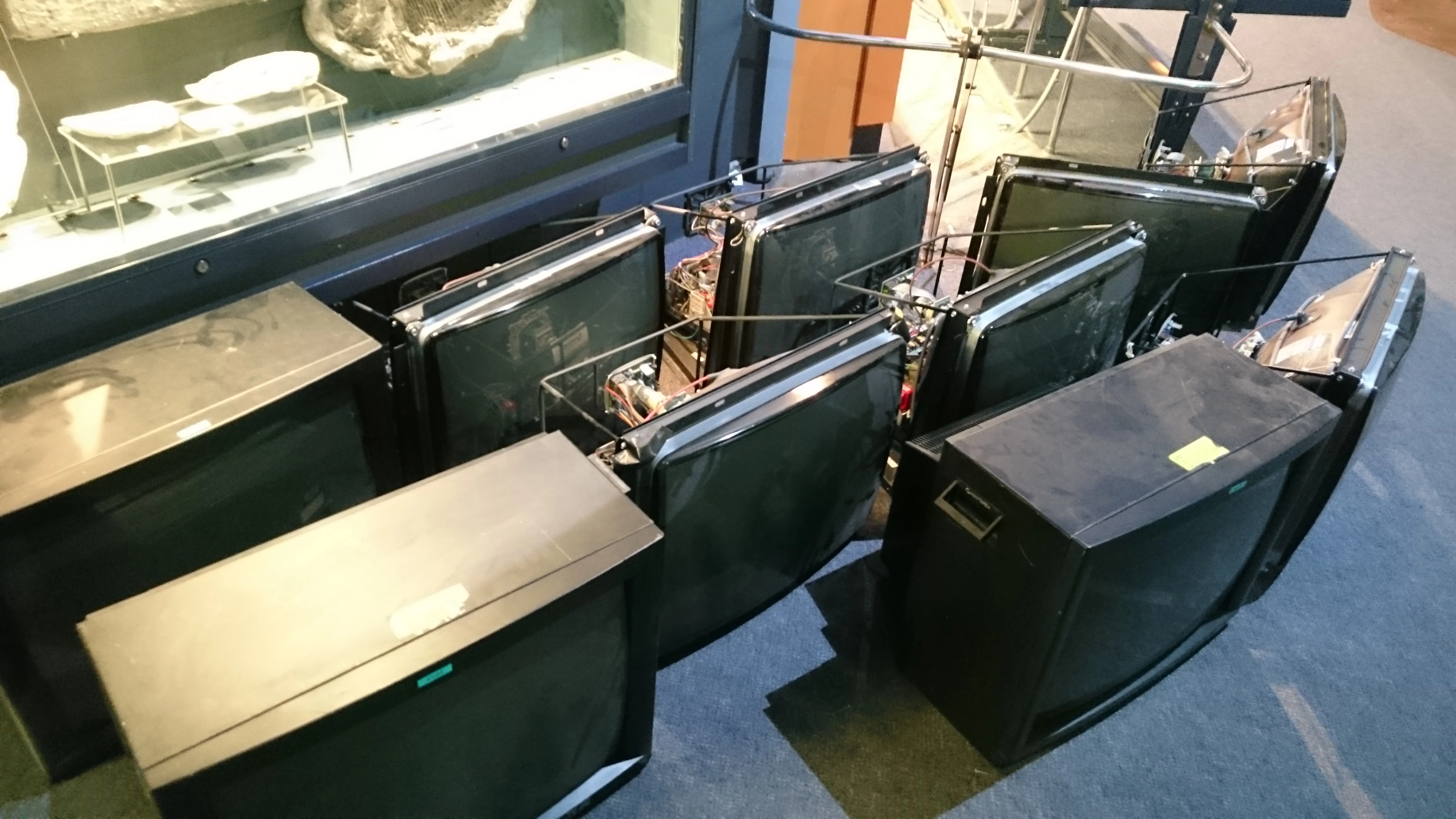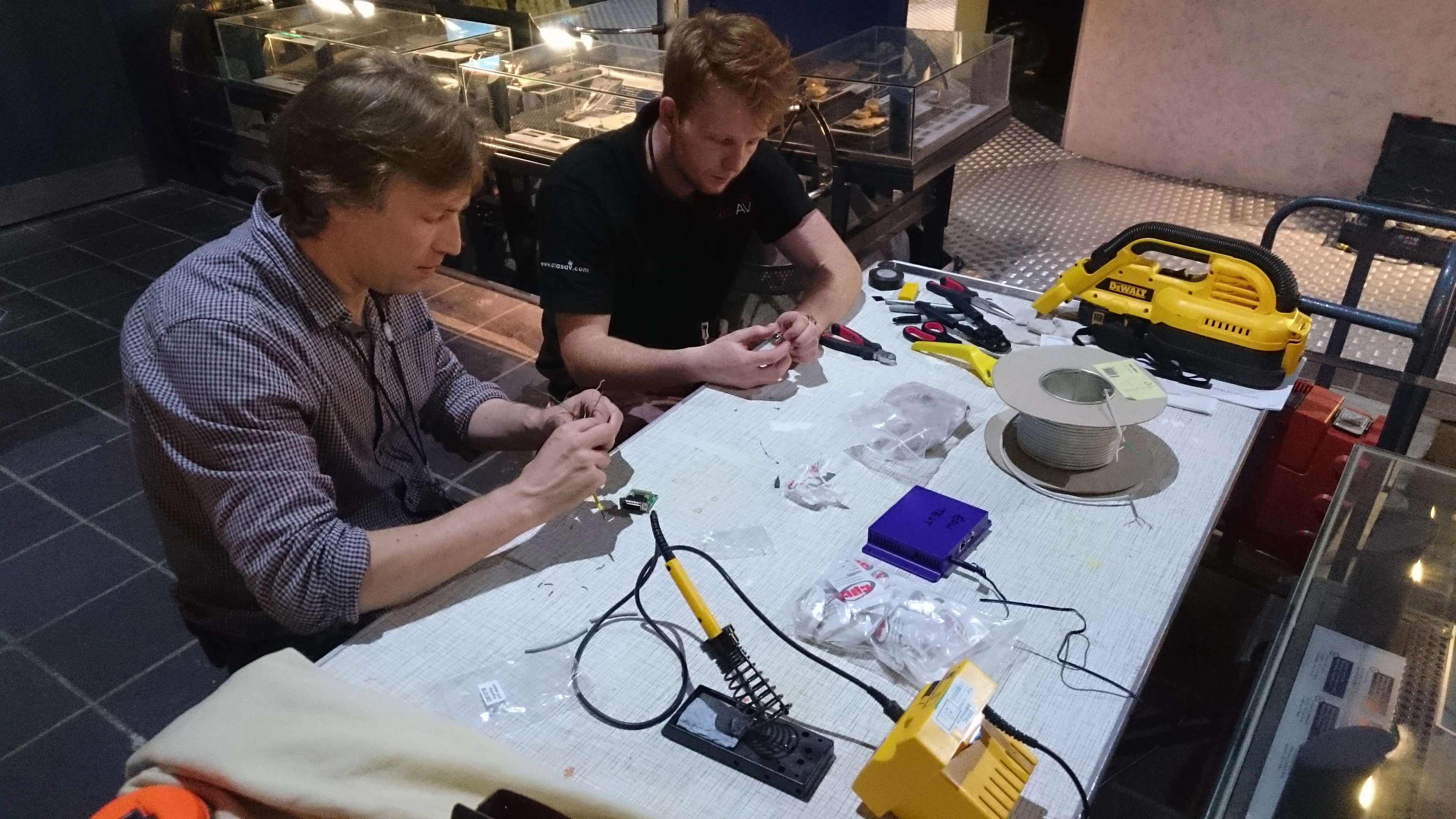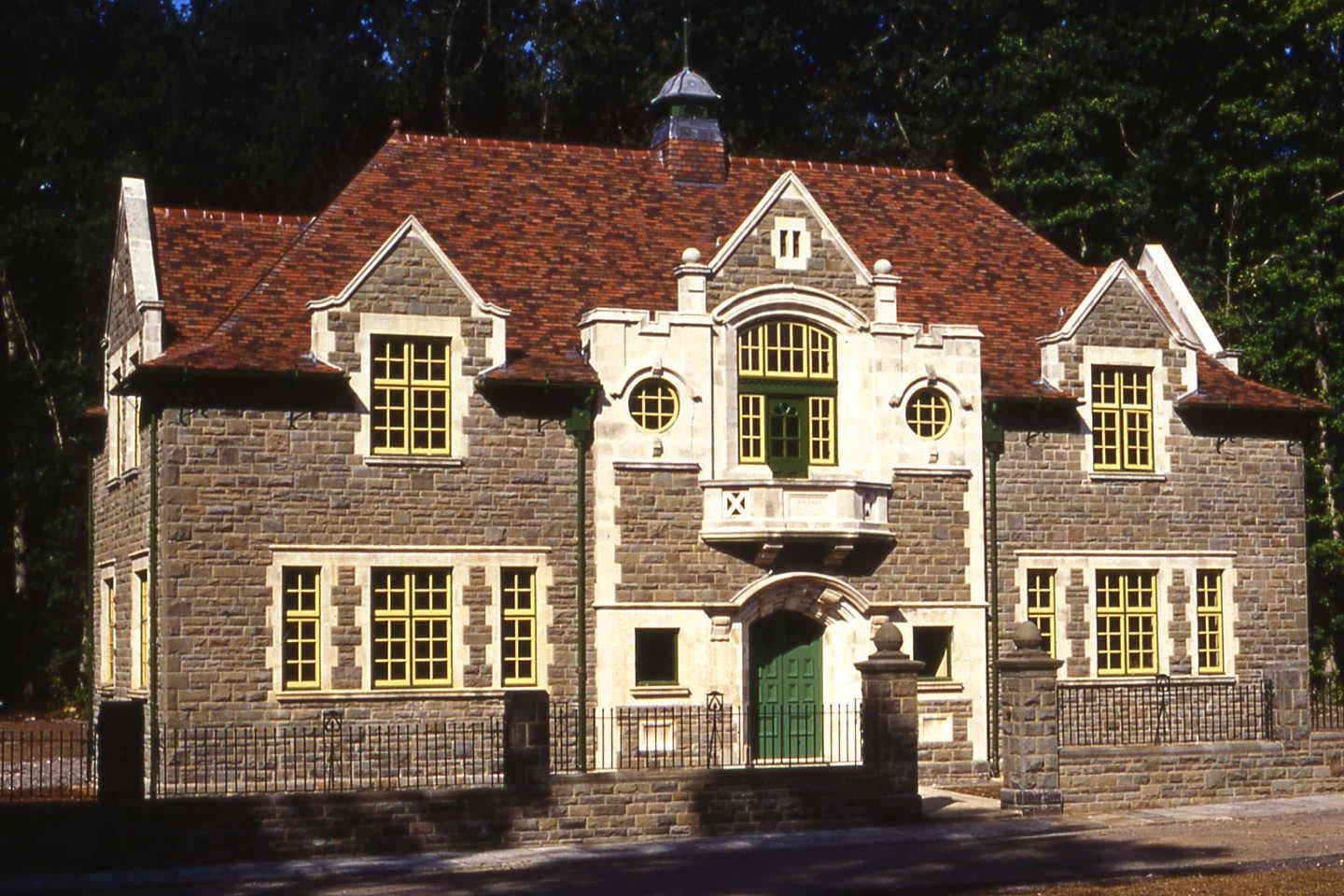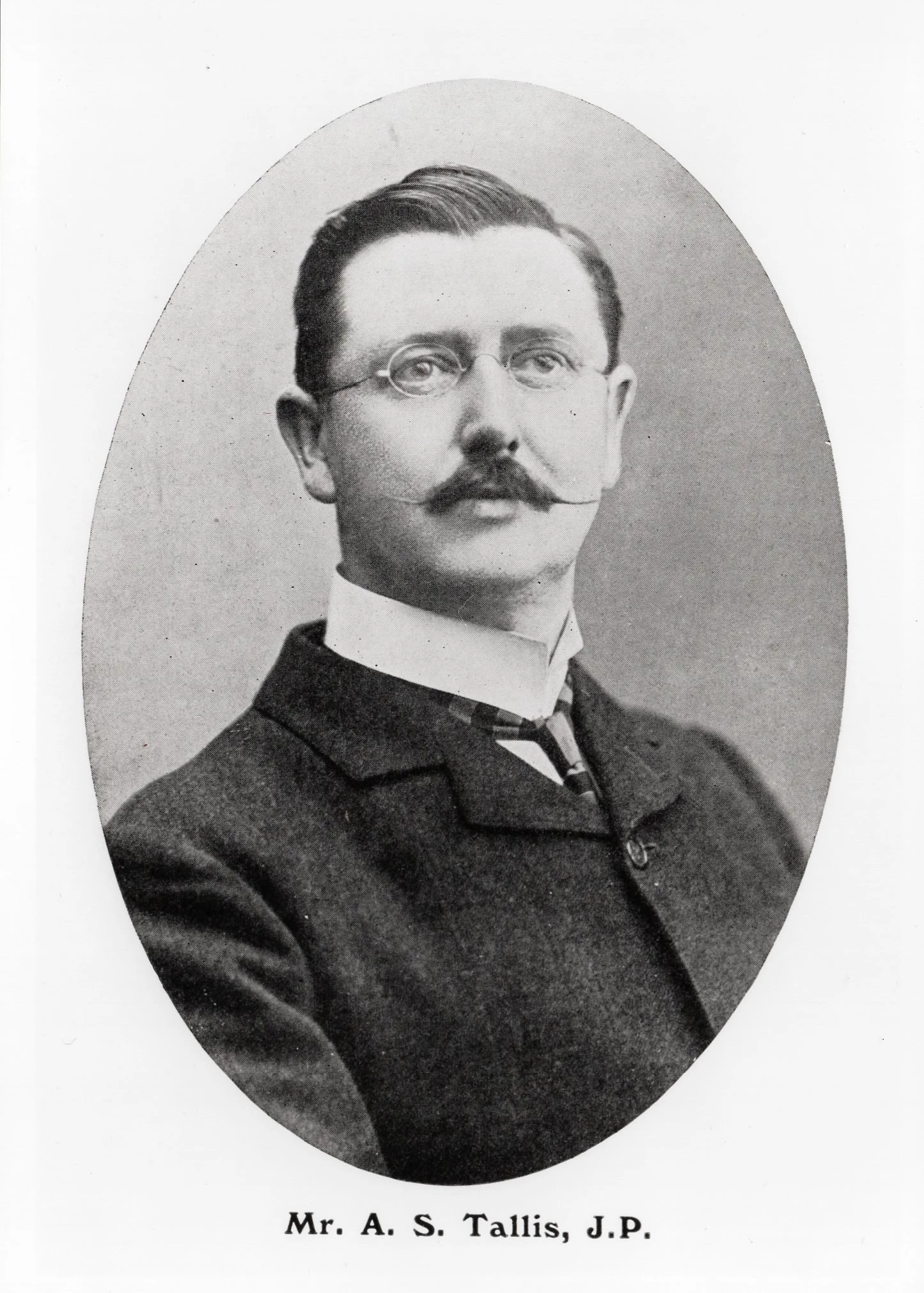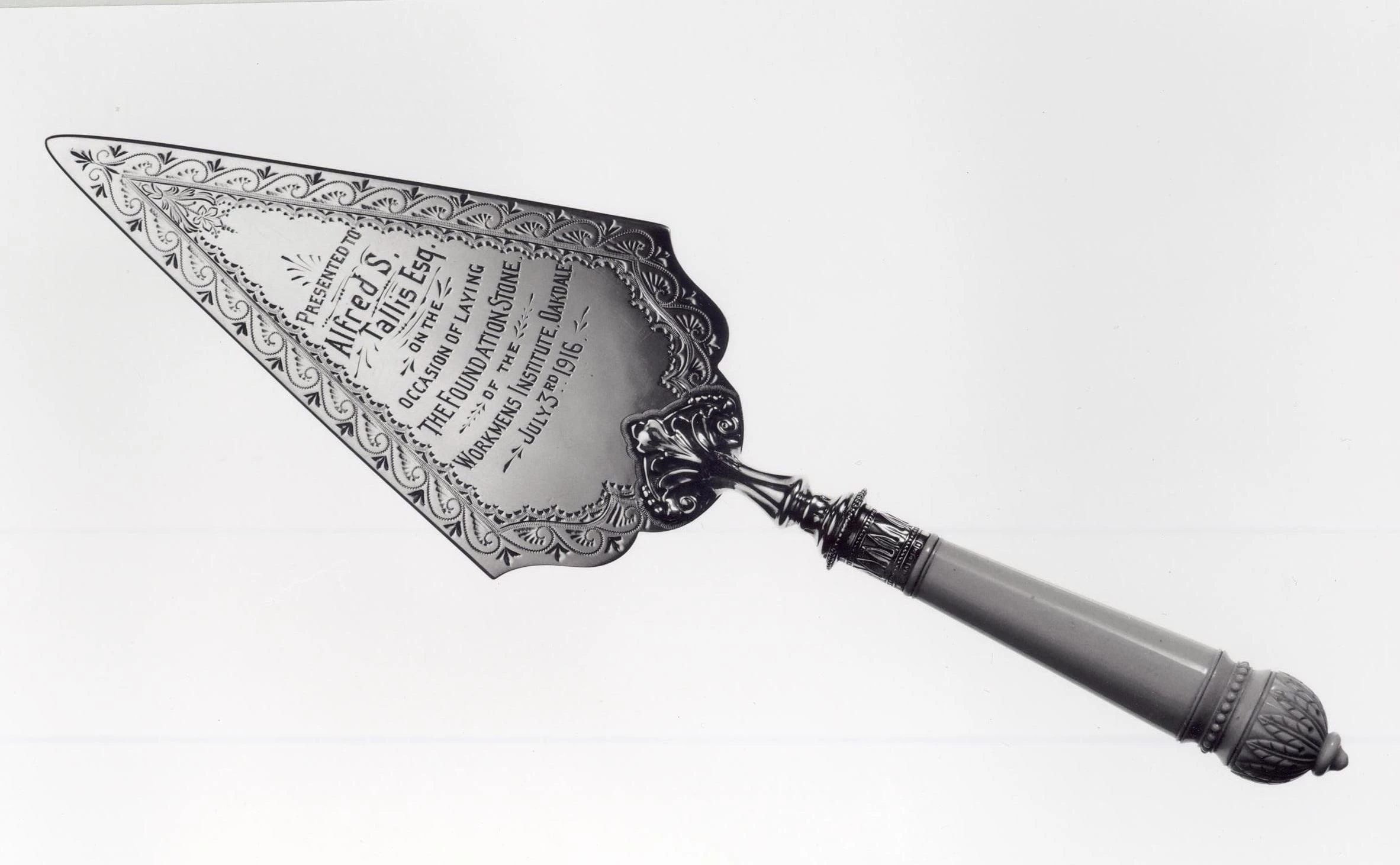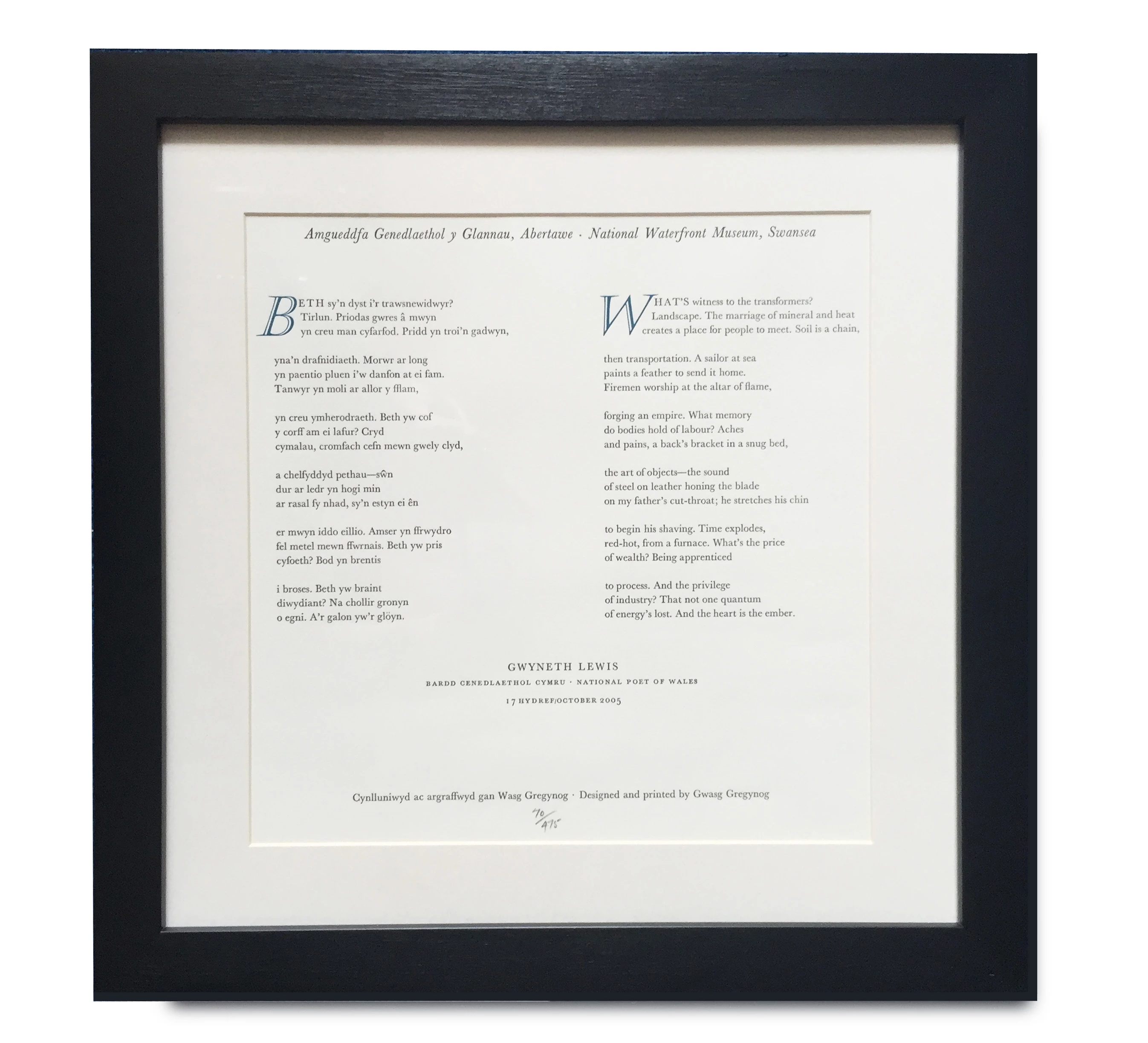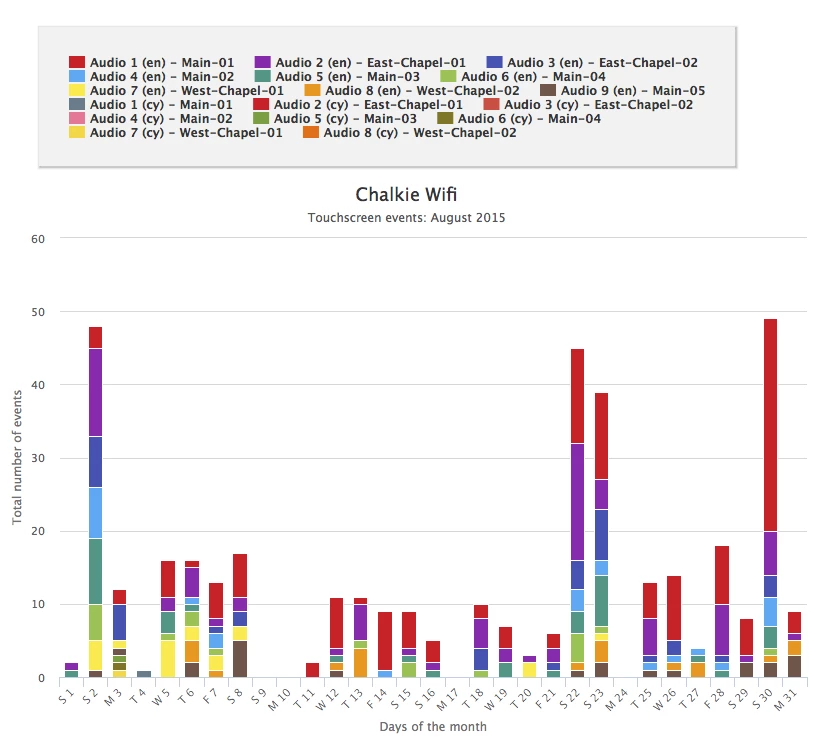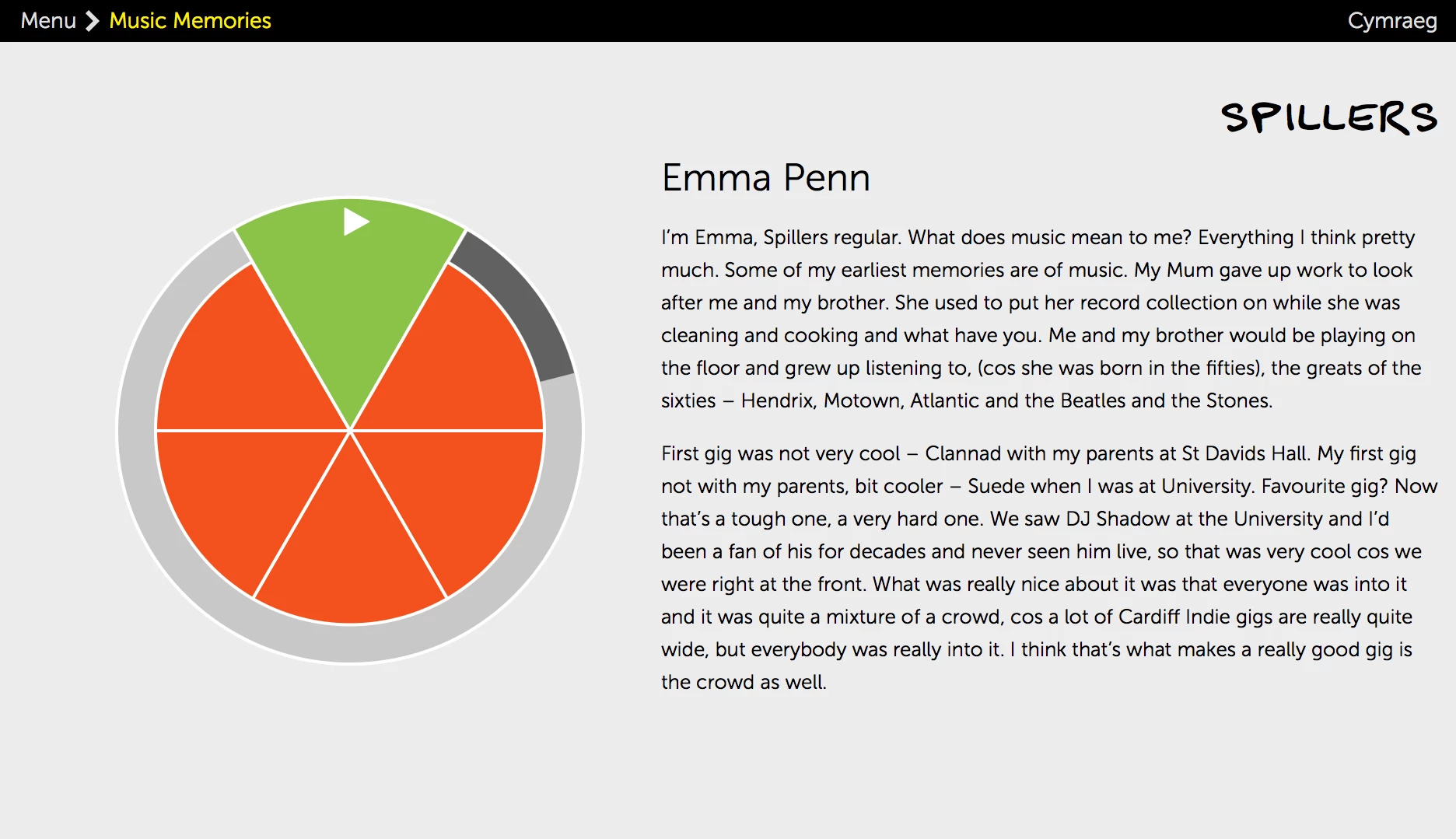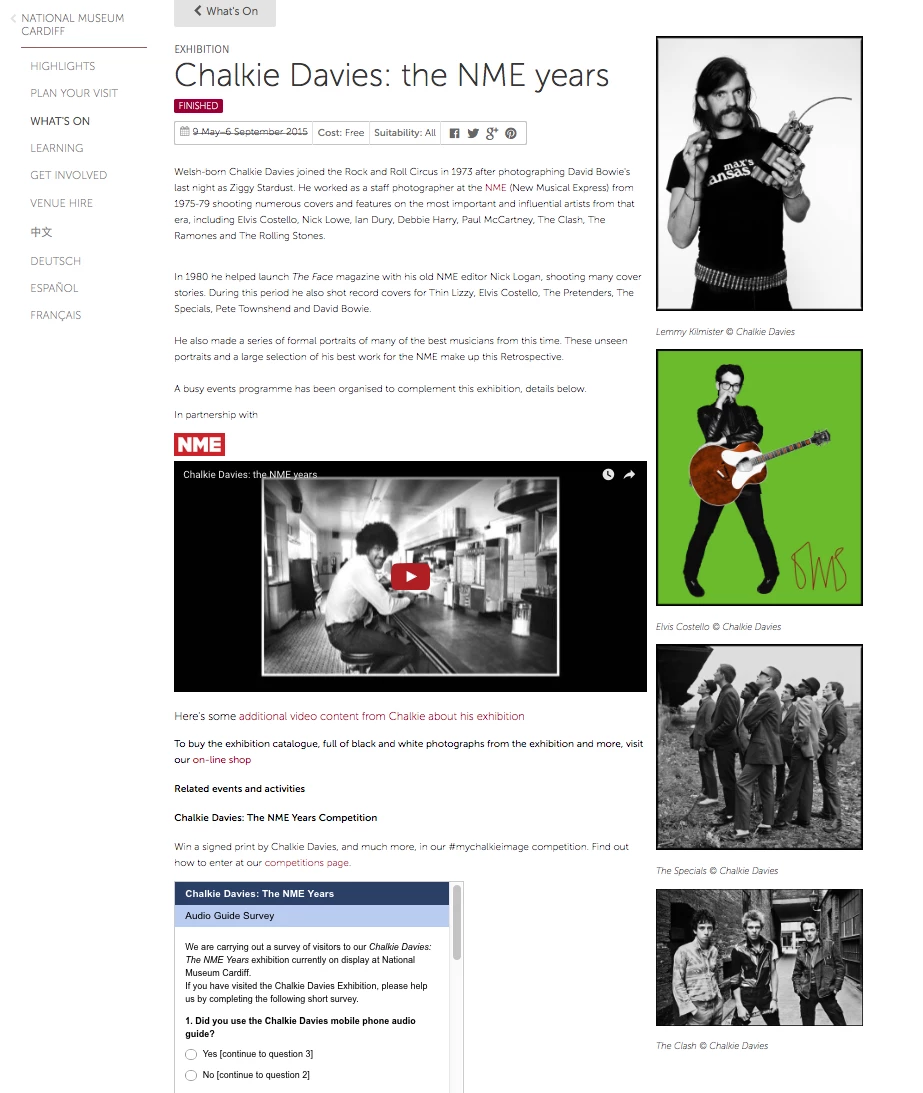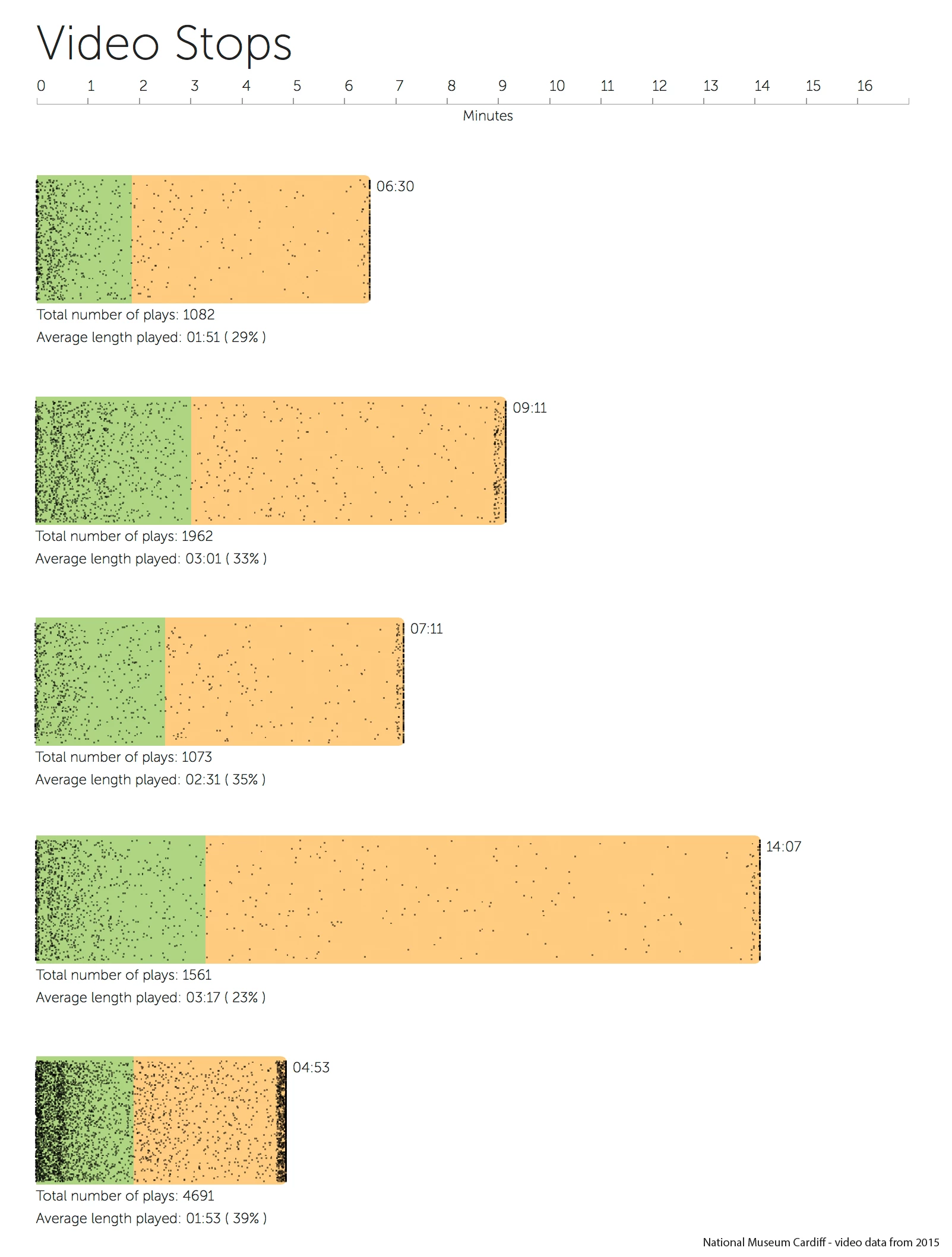Mission: Possible
, 1 Gorffennaf 2016
In the last two weeks our Geology galleries at National Museum Cardiff have been closed to the public due to major refurbishments. We are coming to the end now, we are just asking for your patience for a few more days before opening the permanent exhibition again.
We have already written about some of the work in the gallery: cleaning and repairing displays and changing lighting. In addition, we have replaced display screens and fire beams, and here’s why and how.
There are a number of videos in the galleries which used to be played from medieval cathode ray tubes – if you are as old as me you will remember the old TV screens which were always surprisingly front-heavy when you had to lift them. They are larger (deeper, which limits exhibition space), use more electricity and have a lower resolution than the new flat screens we just installed. If you are a regular visitor you will notice that the screens are not sticking out of the wall as much as they used to. And the resolution is sooo much better now! The videos are now much clearer for you, the visitor, while we, the museum, will save money on our electricity bills which we can then invest in improved collection care and exhibitions – everybody wins.
At the same time we used the gallery closure to work at height – underneath the ceiling, to be precise. Fire safety is more than a legal requirement for us; it is part of our work to care for the national collections. After all, if the museum burns down a large part of your heritage disappears forever. From time to time, even fire and smoke detection equipment needs servicing. This was undertaken this week by a specialist company. And this certainly caused a bit of a stir in the building.
As in your house, the smoke detection equipment is situated underneath the ceiling. It’s just that the ceiling in our Geology galleries is about 12m high. We can’t get there with ladders or scissor lifts, not to speak of all the displays that are in the way. The solution was to climb up the walls. So if any staff are still wondering what why there was a man dangling from the ceiling – it wasn’t a burglar, as in the 1996 film Mission: Impossible, but a rope access operator keeping the museum save from fire.
We are now in the process of completing the last few pieces of work and cleaning up in the next few days. The exhibition will be open to the public again on Tuesday 5th July.
Find out more about care of collections at Amgueddfa Cymru - National Museum Wales here.

